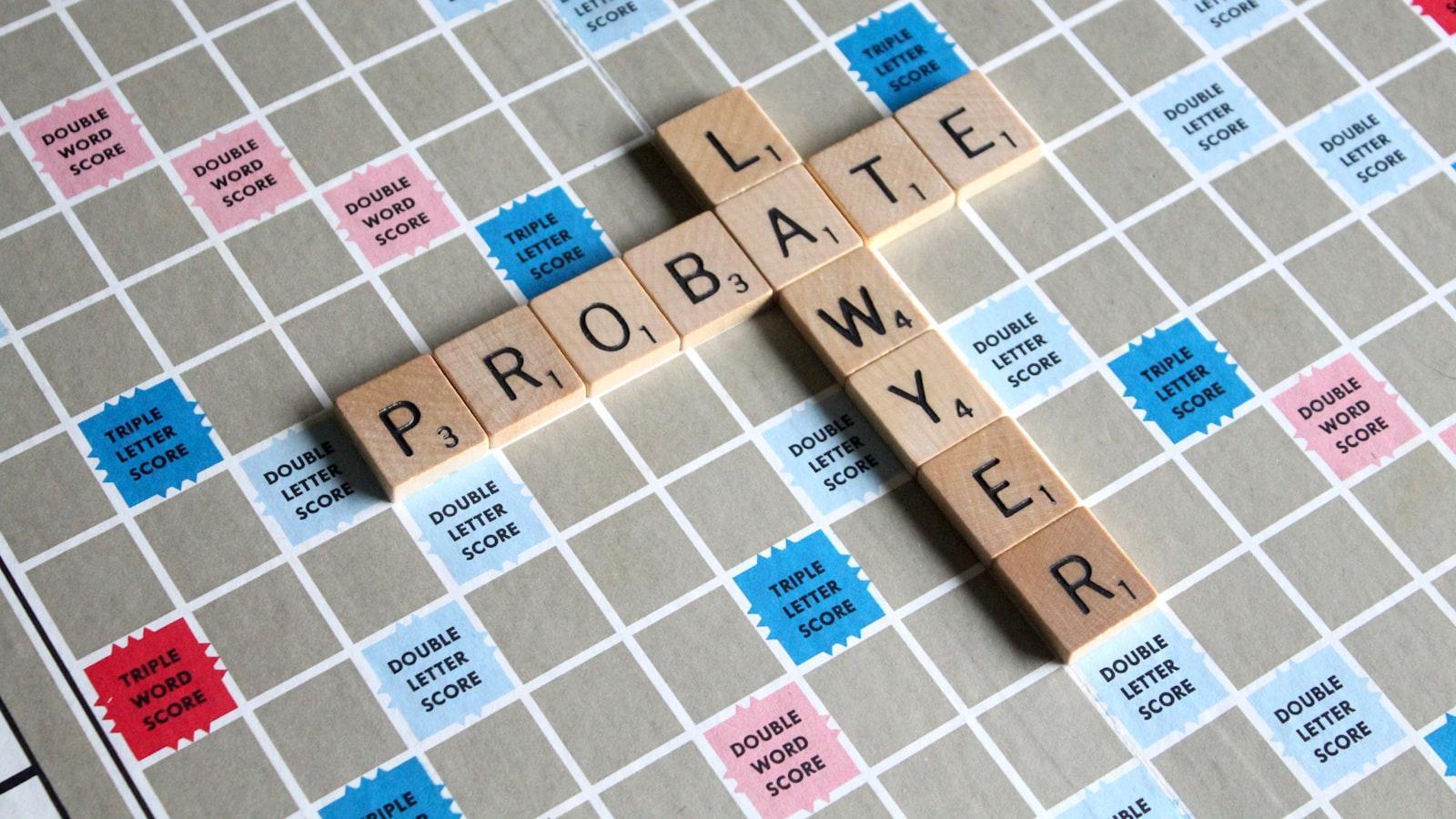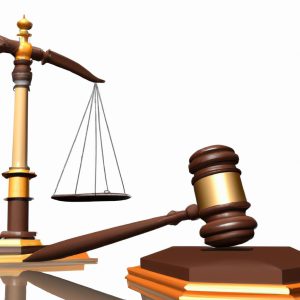The crucial legal process of probate is often the first step in settling someone’s estate after their passing. At Morgan Legal Group in New York City, our experienced attorneys understand the complexities and intricacies of the probate process. In this unique article, we will delve into how the process is initiated, providing insight into the necessary steps and procedures involved. Having a clear understanding of the initiation of probate is vital for anyone dealing with estate planning, Wills, and trusts. Join us as we explore the intricacies of this essential legal procedure and provide tips for a successful outcome.
Understanding the Role of the Surrogate’s Court
Upon someone’s passing, their estate typically goes through the probate process to ensure their assets are distributed according to their wishes or state law. This process begins by filing a petition with the Surrogate’s Court in the county where the deceased resided at the time of their death. The petition should include critical information such as:
- Identification of the deceased: Name, date of death, last address
- Identification of the petitioner: The person requesting to be appointed as the executor of the estate
- Identification of beneficiaries: Those entitled to inherit from the estate
Once filed, the Surrogate’s Court reviews the petition and, if all is in order, appoints an executor to administer the estate. The executor’s responsibilities include collecting assets, paying debts and taxes, and distributing remaining assets to beneficiaries. Throughout this process, the Surrogate’s Court oversees the administration of the estate to ensure it is handled properly and in accordance with the law.
Filing the Initial Petition for Probate
To begin the probate process, the first step is filing an Initial Petition for Probate. This critical document requests the court to validate and uphold the deceased person’s last will and testament. The petition also includes essential information, such as the deceased person’s name, date of death, and a list of potential heirs and beneficiaries.
After filing the initial petition, the court sets a hearing date. During this hearing, the probate process officially commences, and interested parties have the opportunity to raise any objections or concerns regarding the will’s validity. It is essential to have all necessary documentation and paperwork in order to avoid delays and complications. Hiring an experienced probate attorney can greatly simplify this process and provide valuable guidance and support throughout the proceedings.
Providing Notice to Interested Parties
When initiating the probate process, it is crucial to provide notice to all interested parties. This ensures that all individuals with a legal interest in the estate are informed of the proceedings and have the opportunity to participate. Interested parties typically include heirs, beneficiaries named in the will, creditors, and anyone with a claim against the estate.
To provide proper notice, it is essential to follow probate laws’ requirements, which may include sending formal notice via mail, publishing a notice in a local newspaper, or serving notice in person.
 If you’re reading this article, chances are you’re either going through the probate process yourself or you’re curious to learn more about it. Either way, it’s important to have a clear understanding of how the probate process is initiated in order to navigate it successfully. In this comprehensive guide, we’ll walk you through the steps of starting the probate process and provide helpful tips to make it as smooth and stress-free as possible. So let’s dive in!
If you’re reading this article, chances are you’re either going through the probate process yourself or you’re curious to learn more about it. Either way, it’s important to have a clear understanding of how the probate process is initiated in order to navigate it successfully. In this comprehensive guide, we’ll walk you through the steps of starting the probate process and provide helpful tips to make it as smooth and stress-free as possible. So let’s dive in!
What is Probate?
Before we delve into how the probate process is initiated, let’s quickly cover the basics. Probate is the legal process of distributing a deceased person’s assets and settling their outstanding debts. It is overseen by a court and typically takes place after someone dies. The purpose of probate is to ensure that a deceased person’s wishes are carried out, their debts are paid off, and their remaining assets are distributed to the beneficiaries.
Who Can Initiate the Probate Process?
In most cases, the probate process can be initiated by an executor named in the deceased person’s will. If there is no will, the court will appoint an administrator to oversee the probate process. The executor or administrator will handle tasks such as gathering and appraising assets, paying off debts, and distributing the remaining assets to the beneficiaries.
Step 1: Locating the Will
The first step in initiating the probate process is locating the deceased person’s will. This may seem like a straightforward task, but it can often be more challenging than expected. Some people keep their wills in safe deposit boxes or with their lawyers, so it’s important to thoroughly search the deceased person’s personal belongings and important documents. If you are having trouble locating the will, you may need to seek the help of a lawyer.
Step 2: Filing the Petition for Probate
Once the will has been located, the executor or administrator must file a petition for probate with the court in the county where the deceased person resided. The petition must include the original will, a death certificate, and a list of the deceased person’s assets and debts. Depending on the state, the court may require additional forms or documentation.
Step 3: Notifying Heirs and Beneficiaries
After the petition has been filed, the court will schedule a hearing to validate the will and appoint an executor or administrator. At this point, the heirs and beneficiaries listed in the will must be notified and given the opportunity to contest the will if they believe there are any issues with it. Once the will is validated and an executor or administrator is named, the probate process officially begins.
Step 4: Inventory and Appraisal of Assets
The executor or administrator is responsible for locating and securing all assets belonging to the deceased person, including real estate, bank accounts, investments, and personal property. They must also determine the value of each asset through appraisals or market research. Gathering this information is crucial for the distribution of assets and paying off any outstanding debts.
Step 5: Paying Off Debts and Taxes
Before any assets can be distributed to the beneficiaries, any outstanding debts and taxes owed by the deceased person must be paid off. This includes mortgages, credit card debt, and any state or federal taxes. The executor or administrator is responsible for using the assets in the estate to pay off these debts.
Step 6: Distribution of Assets
Once all debts and taxes have been paid off, the executor or administrator can begin the process of distributing the remaining assets to the beneficiaries. This can be a complex and time-consuming process, especially if there are multiple beneficiaries or assets that need to be divided. It’s essential to follow the instructions outlined in the will and ensure that all assets are distributed fairly.
Benefits and Practical Tips for the Probate Process
While the probate process can seem daunting, there are several benefits to going through it. Here are a few reasons why it’s important to follow through with the probate process:
1. Ensures that the deceased person’s wishes are carried out: Probate ensures that the deceased person’s will is validated and that their final wishes are carried out.
2. Protects against fraud: The probate process requires all assets and debts to be accounted for and properly distributed, which helps prevent fraud or mismanagement.
3. Resolves disputes: If there are any issues with the will or the distribution of assets, the probate court can help resolve any disputes between beneficiaries.
Here are a few practical tips to make the probate process smoother:
1. Seek the advice of a lawyer: While not required, it’s highly recommended to seek the help of a lawyer to guide you through the probate process. They can help you understand your legal rights and responsibilities and help you avoid common mistakes.
2. Organize and keep detailed records: It’s important to keep detailed records of all assets and transactions during the probate process to ensure accuracy and transparency.
3. Communicate with beneficiaries: Keeping clear and open communication with the beneficiaries of the estate can help prevent disputes and ensure a smoother probate process.
First-Hand Experience with Probate
To provide a real-life application of the probate process, we spoke to Jane Smith, who recently went through the probate process after her mother passed away. Here’s what she had to say about her experience:
“The probate process was more complicated and time-consuming than I expected. We had trouble locating my mother’s will, and it took a lot of research and help from a lawyer to find it. Once we filed the petition and started the process, it was overwhelming to deal with all the assets and debts. I wish we had known about the importance of keeping detailed records beforehand. Overall, it was a learning experience, but I’m glad we went through the probate process to ensure my mother’s final wishes were carried out properly.”
In Conclusion
The probate process can be a challenging and emotional experience, but having a clear understanding of how it is initiated and what steps are involved can help you navigate it successfully. Remember to seek the help of a lawyer, organize and keep detailed records, and communicate with beneficiaries to make the process smoother. By following these tips, you can ensure that your loved one’s final wishes are carried out and their legacy is preserved.






